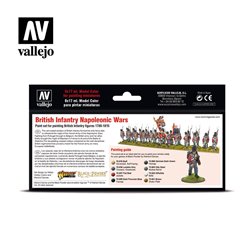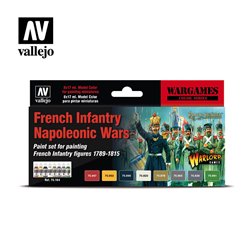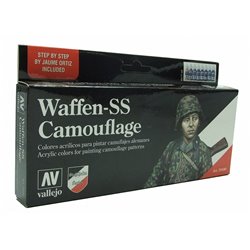There are a number of different options for attaching figures such as a horse and rider to a layout. Perhaps the...
No products
Product successfully added to your shopping cart
There are 0 items in your cart. There is 1 item in your cart.
Search Tips
What is the best type of paint to use on white metal figures?
White metal figures are typically painted using oil-based or enamel paints. These types of paints have a higher viscosity and are slower-drying than other types of paint, which allows for more time to work on the details of the figure and achieve a smoother finish. They also adhere well to the metal surface and have good durability.
One popular method to paint white metal figures is to use a primer before painting, this allows the paint to better adhere to the model and prevents any rust or corrosion on the metal surface. Enamel or oil-based primers are suitable for white metal figures, they dry to a hard finish and provide a good base for subsequent paint layers.
Another alternative option is to use acrylic paints which are water-based and dry quickly, they are generally available in a wide range of colours and are easy to clean up. However, they will require a primer coat as they don't adhere well to metal surfaces and they dry to a softer finish.
Regardless of the type of paint you choose, it's important to use thin layers and build up the colour gradually, allowing each layer to dry completely before applying the next. It's also important to use paint specifically designed for metal figures and to follow the manufacturer's instructions for best results.
It is worth noting that some white metal figures may have a coating of a release agent on them to prevent them from sticking to the mould during casting. This release agent may need to be removed by cleaning the figure before painting. This is generally best done with warm water and a mild detergent such as washing-up liquid. This combination is particularly effective at breaking down and removing any lingering chemical residues that are left on metal parts. Once complete ensure that the parts are completely dry before painting commences.
Click here to receive the tips weekly in your mailbox. You can unsubscribe at any time.










